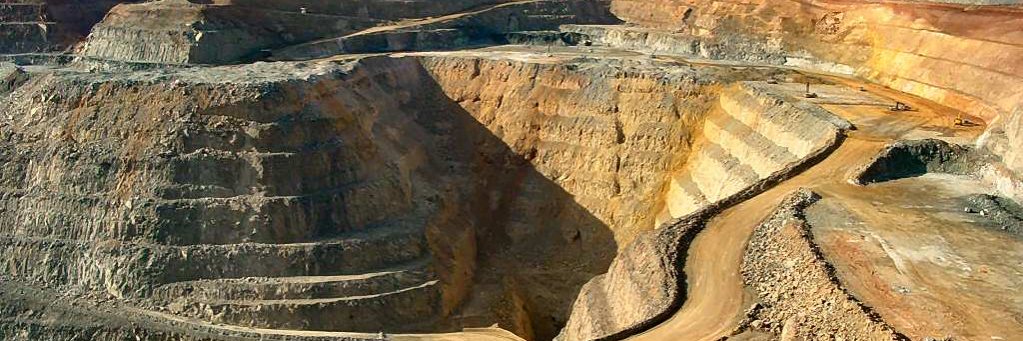New data has reported higher emissions from Western Australia as the state struggles to decarbonise. Image source Brian Voon Yee Yap, via Wikimedia Commons.
New data shows that Western Australia’s levels of emissions have risen, allegedly impacting Australia’s broader net zero goal.
The federal government of Australia has legislated commitments to reduce emissions to 43 per cent below 2005 levels by 2030.
The states and territories, excluding the Northern Territory and Western Australia, have announced their own goals for emission reduction by 2030.
Despite lacking a target for 2030, the WA government has “committed to achieving net zero emissions by 2050″.
However, internal modelling presented that the state was not on track to achieve this goal.
The model stated that for Western Australia to reach net zero by 2050, the state’s emissions would need to drop to 11 per cent below 2005 levels by 2030.
By the end of 2023, the model indicated the state was on track to be 2 per cent below 2005 levels.
The new data comes from the Commonwealth’s emissions inventory, which is released annually but has a lag of two years, with 2022 being the most recent year currently available for analysis.
The data shows that Western Australia’s emissions in 2022 were 8 per cent above 2005 levels, and also shows a 9 million tonne increase in emissions between 2021 and 2022.
In comparison, the next largest increase between years was in Victoria, which experienced a 4 million tonne jump.
Climate scientist Bill Hare stated the data shows “emission increases in Western Australia are holding back progress Australia-wide”.
West Australian Premier Roger Cook has defended the data, stating that the state’s goal of net zero “won’t be a linear progression”.
The state government has also discussed that Western Australia faced “unique” challenges, such as heavy industry and resource mining, which made efforts to decarbonise difficult.
Meanwhile, emission levels in Queensland, another industrious mining state, were 35 per cent lower than they were in 2005.
WA Greens MP Brad Pettitt has discussed the state’s rising emission levels, calling the data “deeply troubling”.
“This is the critical decade in which climate scientists tell us that emissions need to come down,” said Pettitt.
“Sadly the WA government is also the only state without a 2030 target and no serious plan for this decade.
“With emissions expected to rise more, it is time for WA to recognise that it is not doing enough to reduce emissions.”
Australian emissions were 29 per cent below 2005 levels overall in 2022.





